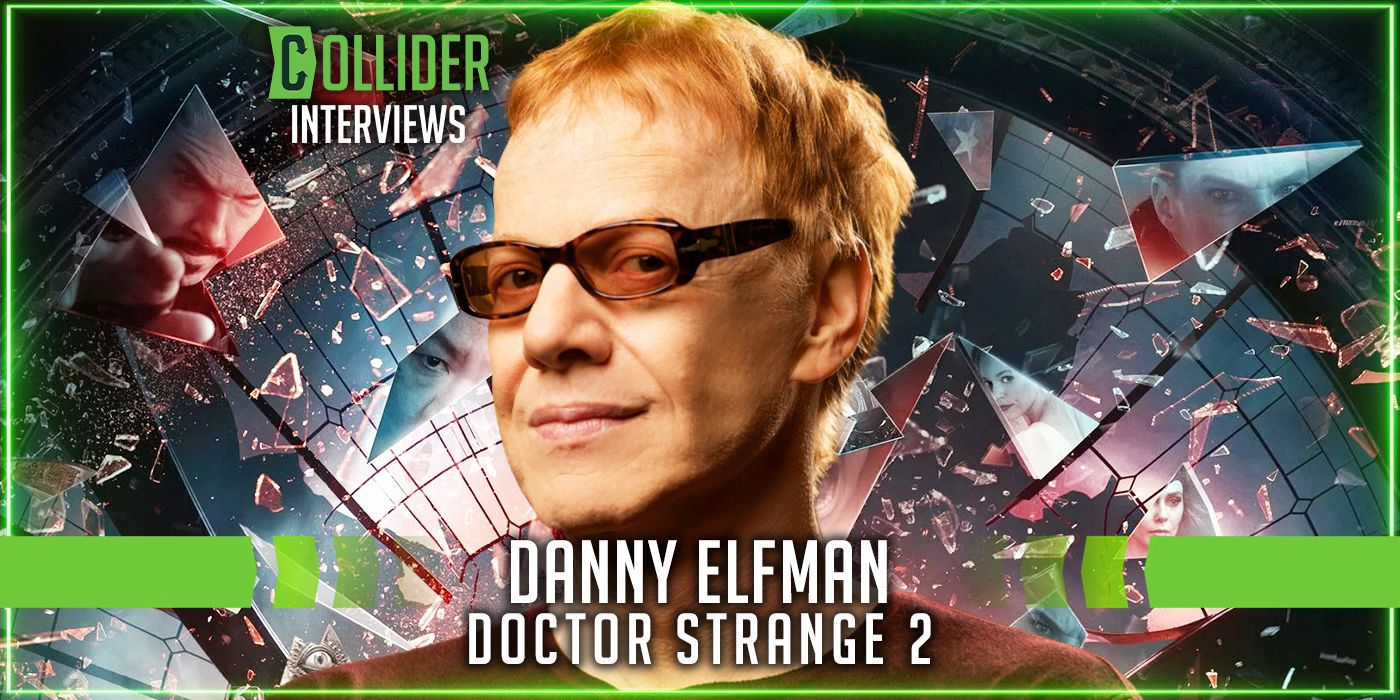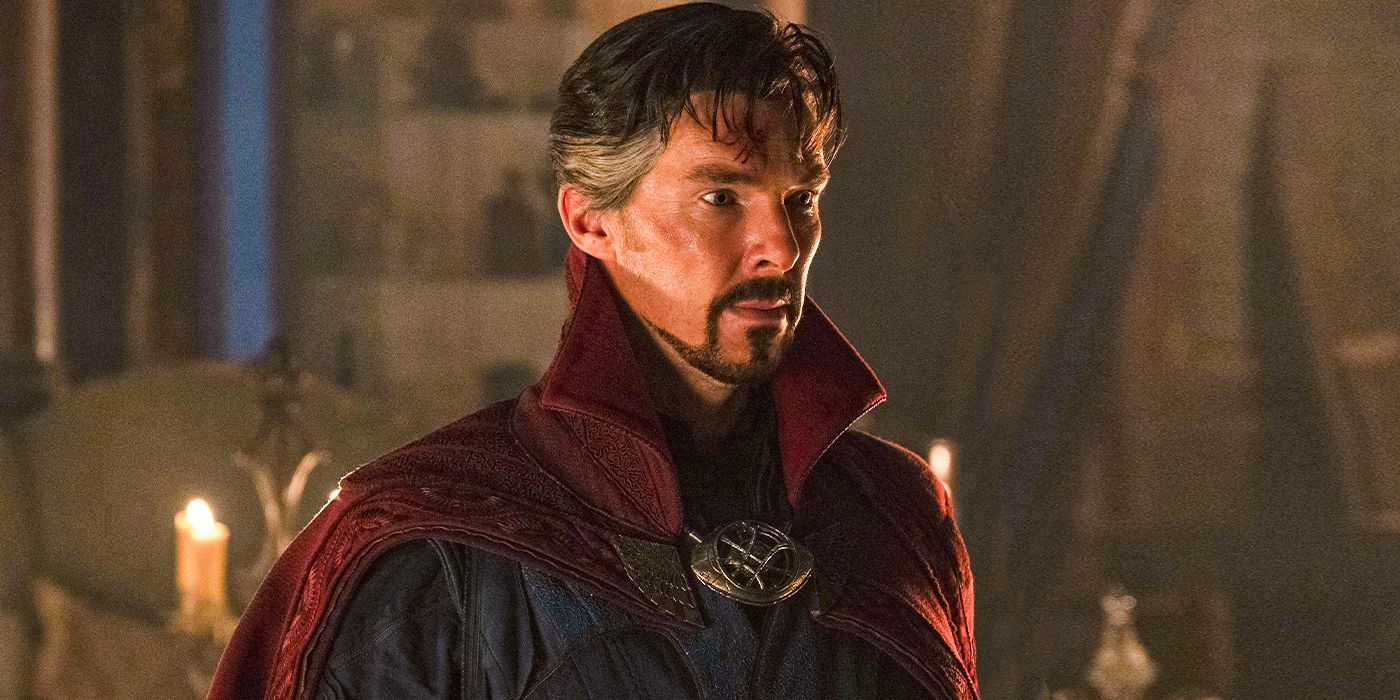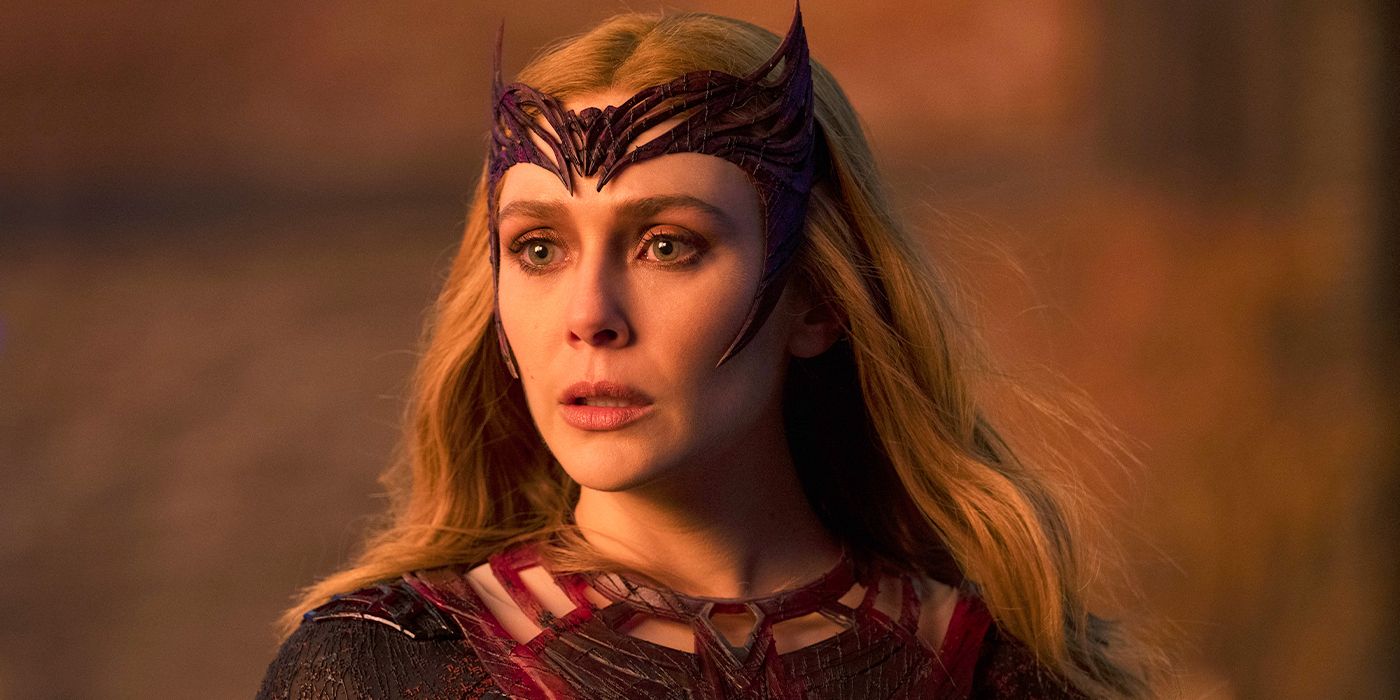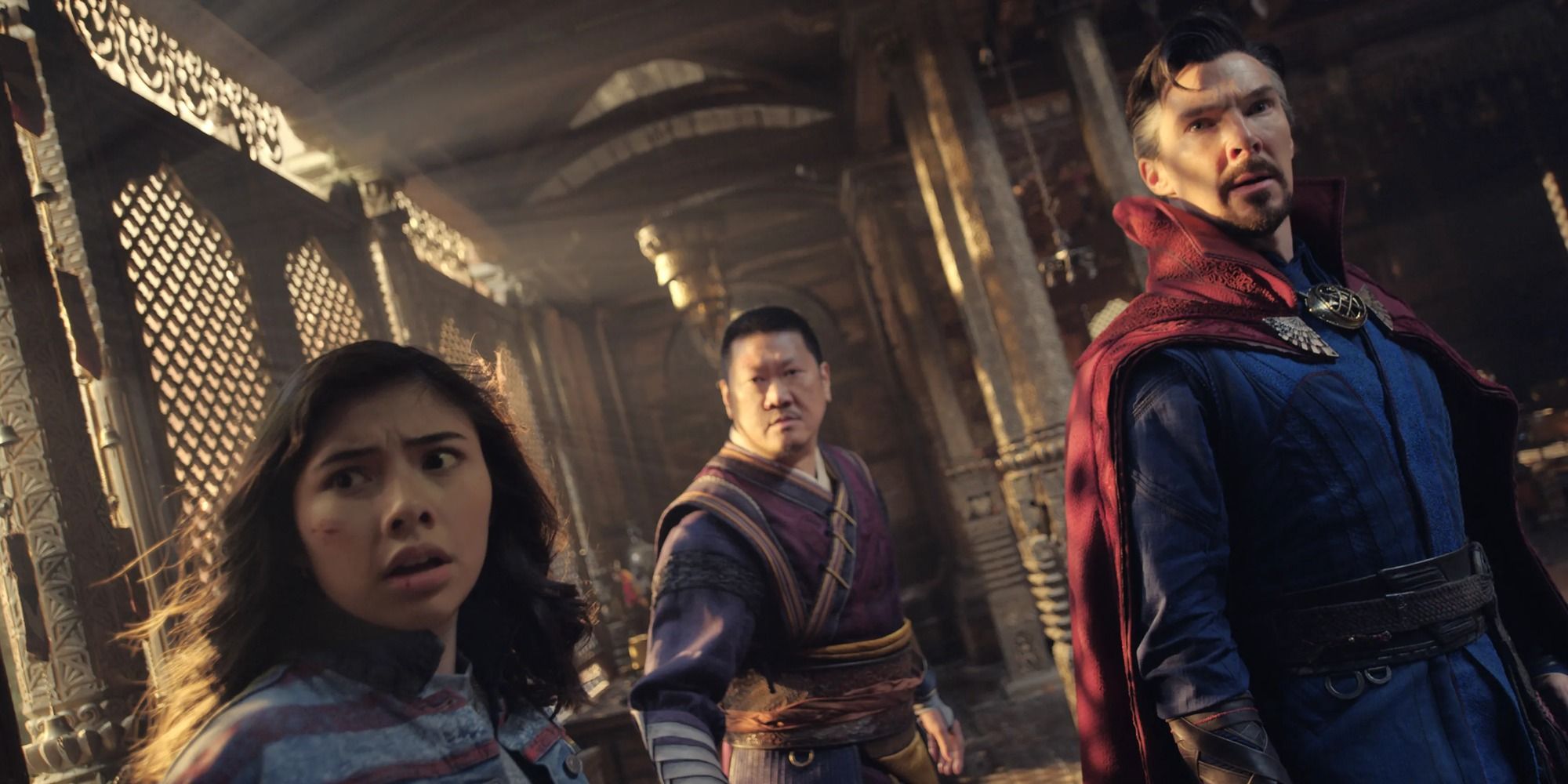[Editor’s note: The following contains spoilers for Doctor Strange in the Multiverse of Madness.]Doctor Strange in the Multiverse of Madness is the result of a wonderfully weird marriage between the Marvel Cinematic Universe and the mind of director Sam Raimi, as it takes its titular character (played by Benedict Cumberbatch) on a wild journey where he’s forced to face past actions and decisions as well as alternate versions of himself from the multiverse. The adventure feels like a roller coaster ride looping its way through creatures, the Illuminati, a teenage girl with powers she can’t control, friends from the past, and a supernatural adversary with a very human grievance.
During this 1-on-1 interview with Collider, composer Danny Elfman, who first collaborated with Raimi on Darkman, talked about his surprise that the filmmaker returned to the Marvel universe, getting weird and crazy for this collaboration, what Raimi always asks for with a musical score, how the music evolved as the film evolved, and how the musical note battle came about. He also talked about his recent Coachella performance and how it morphed from an idea into the incredible career retrospective that it became.
Collider: You’ve previously talked about seeing how Spider-Man 2 negatively affected Sam Raimi. While it’s been such a lovely and surprising gift for us, as the audience, to see Sam return to the superhero genre and to do so while marrying it with the horror that he’s so well known for, were you surprised that he even wanted to do this Doctor Strange film?
DANNY ELFMAN: The fact that he was doing a Marvel movie, I didn’t expect because Sam seemed so much in his own universe. Of course, I was always hoping that Sam would do a big, crazy, heroic monster movie, or anything in that genre. I love Sam and I love working with him. So, to find out that he was doing that, but in the Marvel universe, was really a surprise, and it speaks to how Marvel is diversifying and reaching out and expanding. I wouldn’t have imagined, even five years ago, letting a Marvel movie get this weird and crazy.
And it really feels like a Sam Raimi movie, which is great.
ELFMAN: It’s truly a hybrid. It’s very much a Marvel film, and it’s very much a Sam Raimi film. It does feel like the two had their DNA fused.
What is your collaborative process like with Sam? When you work with a director that you’ve worked with as many times as you have with him, does the process always feel the same or does it feel like it evolves every time?
ELFMAN: It feels like it evolves, but it’s still the same Sam, in the end. He’s gonna say, “Bring me the heart.” That’s the thing that Sam really wants in his scores. He’s given me the same message, ever since Darkman. It’s been the same message, from Darkman to Doctor Strange, which is, “Bring me the heart.”
Because this is a film that kept changing and evolving, how much music would you say you wrote for this, that didn’t even end up in the movie?
ELFMAN: There’s a lot. I can’t even begin to guess. If there are two hours of music in the movie, I must have written at least three.
The film went from being more than two and a half hours to about two hours and five minutes, so as that changed, did you have to keep writing new material?
ELFMAN: Yeah, I was coming back to scenes that I’d written already, and it was like, “Oh, there’s all this new stuff in here.” Sometimes it would get rearranged. Sometimes I would just keep a little bit of it. Sometimes I would just start from scratch. Sometimes I would keep the elements that I really loved, and then write into it and out of it. It was very much like a jigsaw puzzle. But in itself, that’s not uncommon for a big movie of this nature. This was just more so than usual. And because of the pandemic, that just made it more challenging. But yeah, there was a lot of music. All I can say is, thank God it was the kind of music that I really love writing. Otherwise, it would’ve made me insane. But I was really enjoying the process and enjoying the stuff that Sam was allowing me to come up with.
By the time that you got to the end of the movie, and you saw the finished version at the premiere, does it feel like the same movie that you thought it was going to be when you started working on it? How different did it feel?
ELFMAN: It always feels so different because, with this particular film, I never saw it all put together. I only knew it as six reels, and to see the six reels suddenly playing together is always a shock, the first time you see it. It’s like, “Oh, wow, this goes right into this and this.” When you are used to seeing things on different reels, you imagine things further apart, and then when you see it all edited together, you see how it flows. It was a fun experience watching it [at the premiere].
How did the musical note battle come about? I’ve never seen anything like that before, and I thought it was so fascinating to hear and have the visual for that. What was that like to do?
ELFMAN: It was a lot of experimenting. When Sam described it to me, honestly, I couldn’t even imagine what the hell he was talking about. He came back to me, during their second round of shooting for this scene and I said, “Okay, I think I understand,” and I started just experimenting with all these different ideas because we weren’t sure how to approach it. First, I had different famous classical music pieces flying up and back. In the 11th hour, it was Kevin Feige, the president [of Marvel Studios], who said, ”Let’s just really unify it to Beethoven versus Bach. Doctor Strange has got Beethoven’s Fifth Symphony versus Doctor Strange shooting back Bach’s Toccata and Fugue in D Minor. I redid it in the 11th hour, just weeks before the movie opened, in this crazy last-minute session. It really just was so much fun. It came together perfectly. There were two or three different incarnations of that, trying to figure out what it would actually end up being, in the end. That was quite a crazy last-minute process.
Your Coachella set is something that was quite remarkable, and fans of your music are never going to forget it. What was it like for you to do something like that, to put it together, to walk out on stage and perform that, and to be able to reflect back on it now? What were you hoping for with that performance, and did it deliver differently than you expected?
ELFMAN: Oh my God, yeah. I had no idea what to expect. It was just a crazy concept piece that I pitched two years earlier to Paul Tollett, who books Coachella, as an idea. I said, “What if I mash everything together, rock ‘n’ roll with new stuff and old stuff and film stuff?” It was just a concept, but then I was suddenly actually working on it and wondering, “Oh my God, I don’t know if this is gonna work.” And then, everything got canceled (because of COVID). Two years later, just at the point where I thought that ship had sailed, it happened. We got the call again saying, “We’re back on.” And once again, I had that sense of panic of, “Will this work? Does this make any sense, at all?”
I’ve never had more nightmares about anything I’ve worked on, in my life, the weeks before Coachella, with the disaster that I felt like I was about to create my own plane crash that was just not gonna work and was technically impossible. And so, when I walked out there on stage, not only did I not know if anything was gonna work, or if 50 musicians were gonna get mic-ed up, but there was also a sandstorm and a windstorm blowing on my face. At a certain point, it was like, “The hell with it. Just enjoy it and have fun.” What can I say? I guess it kind of worked, but it really was just a spontaneous, crazy idea that I had when I went there in 2019 and saw those big screens. I really got inspired by the idea of visuals. I come from theater and the idea of big multimedia and getting these crazy visuals up on these huge screens. I was so impressed by how big the video screens were. That’s what tipped me over to wanting to do the show.
Doctor Strange in the Multiverse of Madness in now playing in theaters.




